A clogged radiator can cause your engine to heat and blow your head gasket. We don't want this to happen to you, so we researched the symptoms checklists so you can spot the problem yourself.
Here are four signs to look out for when checking the health of your radiator:
- High-temperature reading
- Coolant spilling due to leaking
- Coolant discoloration
- Deformed radiator fins
On the other hand, a blown head gasket will give you the following symptoms:
- A milk-like substance with a frothy texture underneath the radiator cap
- Coolant in the spark plugs
- Combustion gases mixed with coolant
These are just the initial red flags to look out for. Keep reading as we talk about each of the symptoms in detail. We'll also share with you some tips on fixing a clogged radiator and diagnosing a blown head gasket.
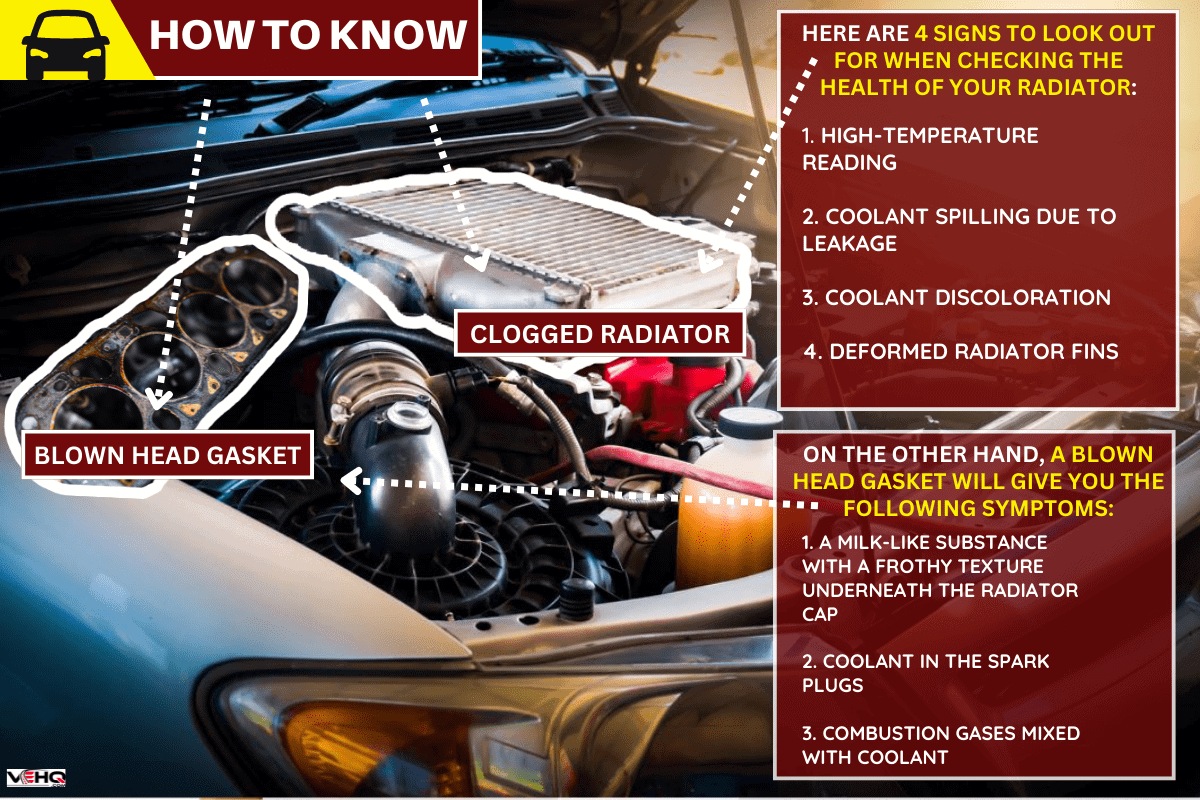
Does A Clogged Radiator Cause A Blown Head Gasket?
A head gasket is a small plate located between the cylinder heads and the block of a vehicle. It's designed to seal the combustion chamber of the engine.
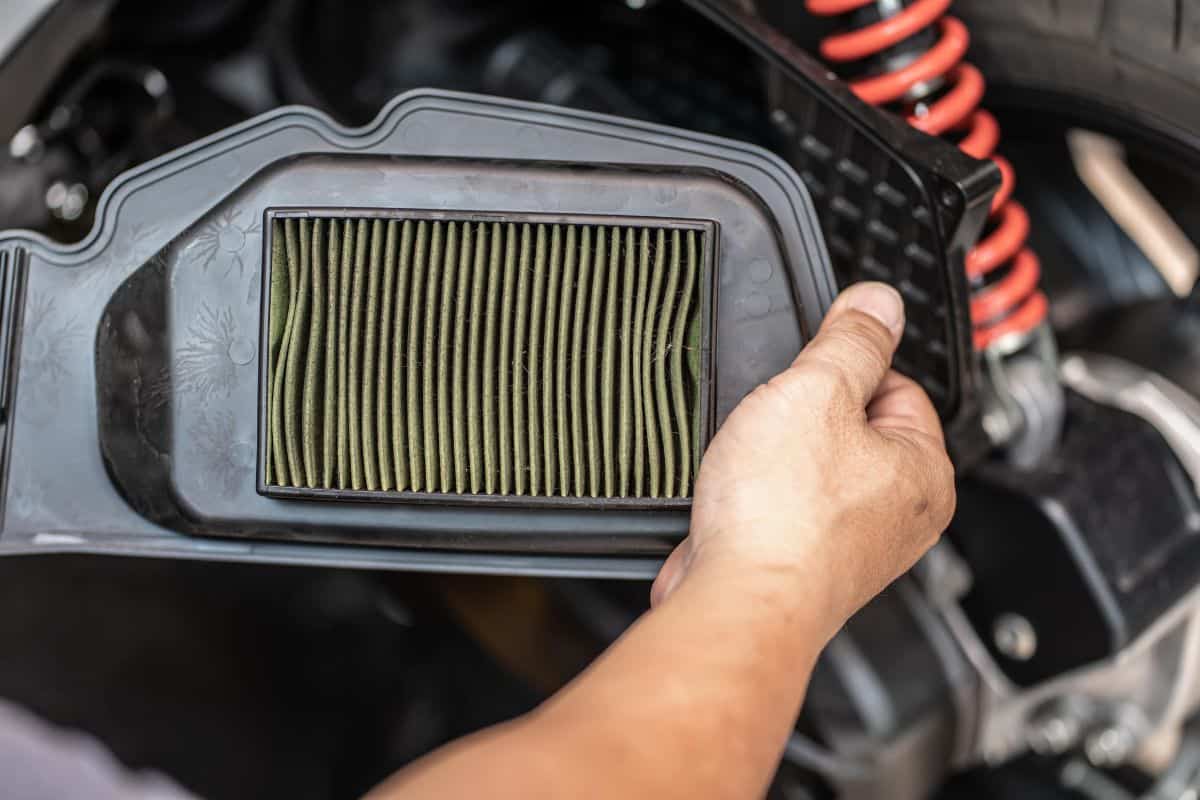
When a head gasket is blown, it causes oil and coolant to leak and seep through the gasket. This can cause your oil and coolant levels to drop.
Head gaskets are typically made of rubber or other synthetic materials and are subject to wear and tear due to the heat and pressure in the engine.
When the engine is running, the pressure is high, and the temperature is hot. Over time, this will cause the rubber gaskets to deteriorate, making them leak oil and coolant into the combustion chamber and cylinder head.
The clogged radiator in your car can hasten the deterioration of your head gasket. A car radiator is an important component needed to keep its engine cool and prevent it from overheating.
It also contains a series of tubes that help transfer heat from the engine to the outside of the car. When the radiator becomes clogged, the coolant cannot circulate through the tubes efficiently.
This causes the engine to overheat and, in turn, causes the head gasket to deteriorate more rapidly.
4 Signs Indicating A Clogged Radiator
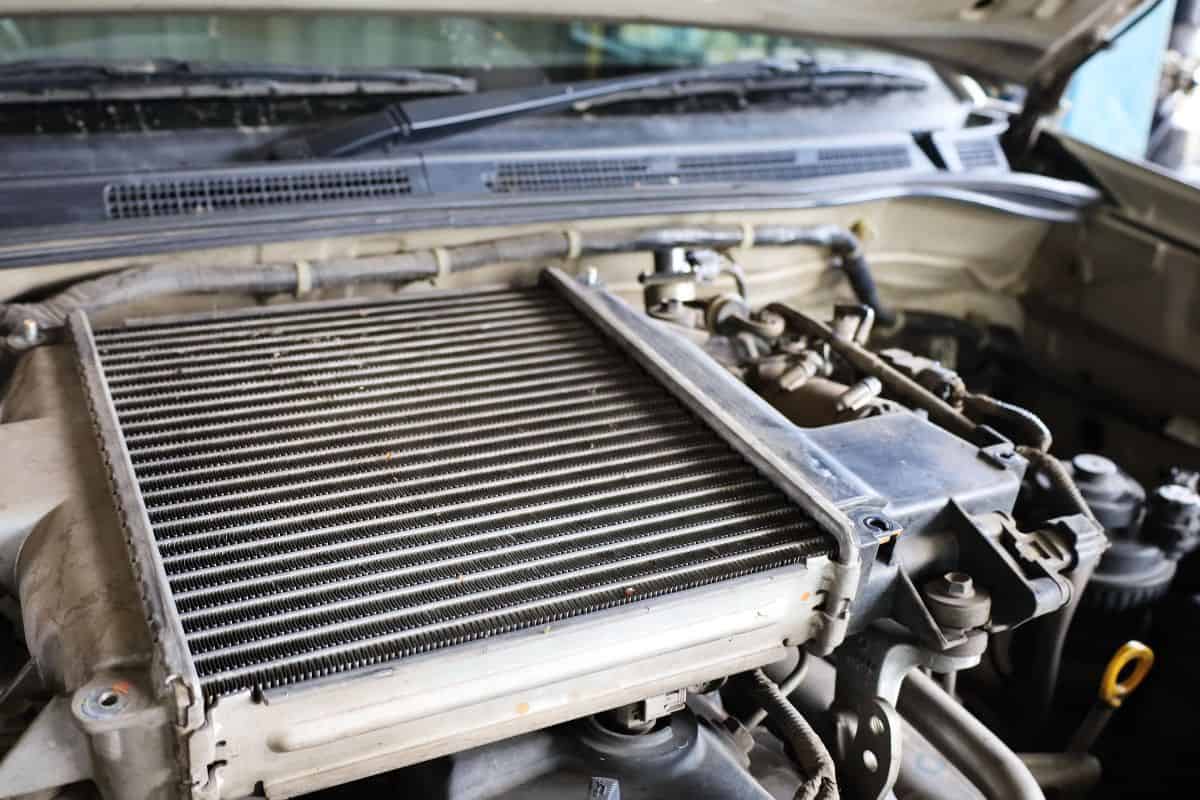
1. High-Temperature Reading
When a radiator becomes clogged, it will cause the gauge to show a higher temperature reading. A clogged radiator restricts the flow of coolant through the engine, which in turn causes a higher temperature.
2. Coolant Leaking All Over
Have you ever noticed that the coolant level seems to get lower and lower in your car? Maybe your car has been running for a while, and you noticed the coolant level is low.
You can check your coolant level by opening the vehicle's hood and looking under the radiator. You will notice a coolant reservoir with a hose attached to it.
This is where you should see the coolant level. If you notice the coolant level is lower than the level marked on the side of the tank, the coolant might have started leaking.
You will know if your coolant is leaking if it's dripping under your car and in the surrounding area. Additionally, a cracked and corroded radiator fin or a punctured radiator hose are areas where the coolant can leak. These areas can eventually become a risk for further damage.
The water pump is designed to circulate the coolant throughout the engine through the radiators' narrow tubes. If the radiator isn't functioning properly, it won't be able to circulate the coolant to its intended destination.
This causes the water pump's operating pressure to push the coolant out through the cracks in the radiator.
3. Discolored Coolant
Coolants come in a variety of colors; however, the health of the coolant is determined by its bright color. Over time, the color of the coolant changes from bright to dark.
Rusty and clogged car radiators can cause coolant to change color over time. This color change happens when rust, sediment, dirt, and other contaminants that have built up over time in the radiator mix with the coolant.
4. Disfigured Radiator Fins
You've probably noticed that the fins of your radiator are often covered in dust. These aluminum fins act as heat exchangers to increase the efficiency of your radiator.
Unfortunately, they're also very prone to becoming clogged with dirt and debris. This is because aluminum is soft and malleable and easily deformed when dust and debris are collected and built up around it. A radiator that has been clogged for too long can damage the fins permanently.
How To Fix A Clogged Radiator
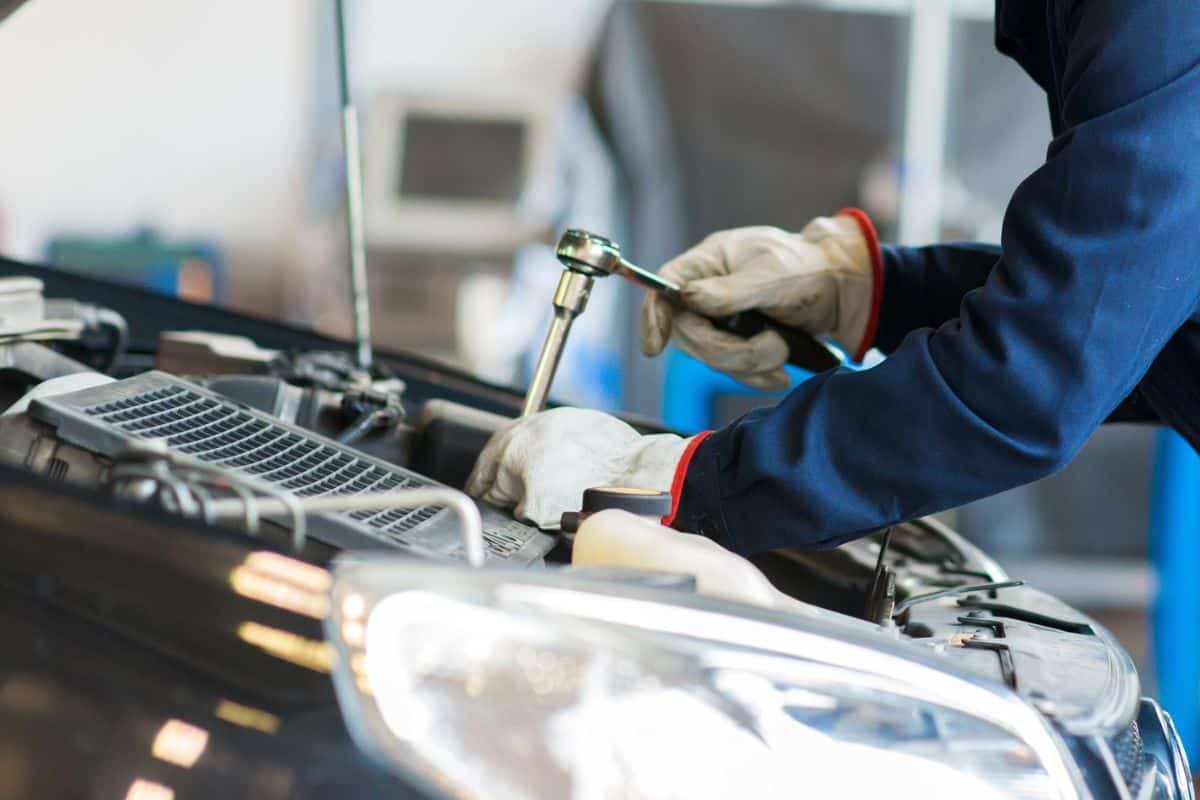
Car radiators can become clogged with rust, sludge deposits, and other things. You can fix a clogged radiator by flushing it with a cleaning solution. Below are the steps you can take to unclog your radiator.
You will need:
- Two gallons of distilled water
- A cup of Simple Green heavy-duty cleaner
After gathering your supplies, proceed:
- Mix one cup of Simple Green with one gallon of distilled water.
- Place a catch basin underneath the drain valve.
- Unscrew the drain valve to drain the coolant. Allow the coolant to completely drain.
- Add the cleaning solution using a funnel into the radiator.
- Put the radiator cap back on. For best results, let the cleaning solution sit for 5 minutes.
- Turn the engine and let it run for another 5 minutes. Let the solution circulate throughout the radiator.
- After the time has elapsed, turn the engine off and drain the solution completely.
- To completely flush the radiator from Simple Green residue, fill the radiator with one gallon of distilled water.
- Turn the engine back on and let it idle for 5 minutes.
- Drain the water and add the coolant.
Check out Simple Green heavy-duty cleaner on Amazon.
If you need a visual illustration, the video below might help:
How To Check Blown Head Gasket Without Removing Cylinder Head
A milk-like substance with a frothy texture underneath the radiator cap
It's easy to tell if your coolant has leaked and mixed with the oil. If you find a milky, white goo underneath your car's radiator cap, there is a good chance that it has happened.
It's hard to say why this occurs, but the mixture of the two fluids most likely causes this, and they just kind of stay together.
Coolant in the spark plugs
If your head gasket has blown, the coolant might leak and enter the spark plug holes. Spark plugs are where the fuel and air mix to create a spark. However, when the spark plug is wet with coolant, this can cause the spark plugs to fail or misfire.
In addition, this leak will cause your coolant level to drop and will cause a build-up of heat inside the cylinder walls.
Combustion gases mixed with coolant
You will know if combustion gases have mixed up with the coolant when you see bubbles in the radiator while the engine is running. You can confirm this observation by using a combustion leak tester.
How To Use A Combustion Leak Tester
- Drain some coolant to make room for the chemical that you will be using for this test.
- Insert the cylindrical tube into the radiator as how you would do a funnel. Pour the test fluid into the radiator. Make sure you don't exceed the mark in the tube, which indicates how much of it you should use.
- Start the engine. Insert the rubber pump into the tube and squeeze it to supply some oxygen to the radiator.
- As you squeeze the rubber pump, you may notice that the test fluid's color is gradually changing to yellow. This confirms your initial bubble observation in the radiator.
Check out this combustion leak testing kit on Amazon.
For a more detailed explanation of this process, please refer to the video below:
How Does A Car Behave When Its Head Gasket Is Blown?
We must not forget that a head gasket seals the combustion chamber in the engine. The combustion chamber is where the mixture of fuel and air combusts to produce heat and power for the vehicle.
When the head gasket is damaged, it creates a leak in the combustion chamber. This means that the mixture of air and fuel can escape from the chamber. To put things into perspective, imagine yourself gasping for air and panting after your arduous hike to a mountain. Similarly, your car's engine will vibrate and make loud noises.
How Much To Replace A Blown Head Gasket?
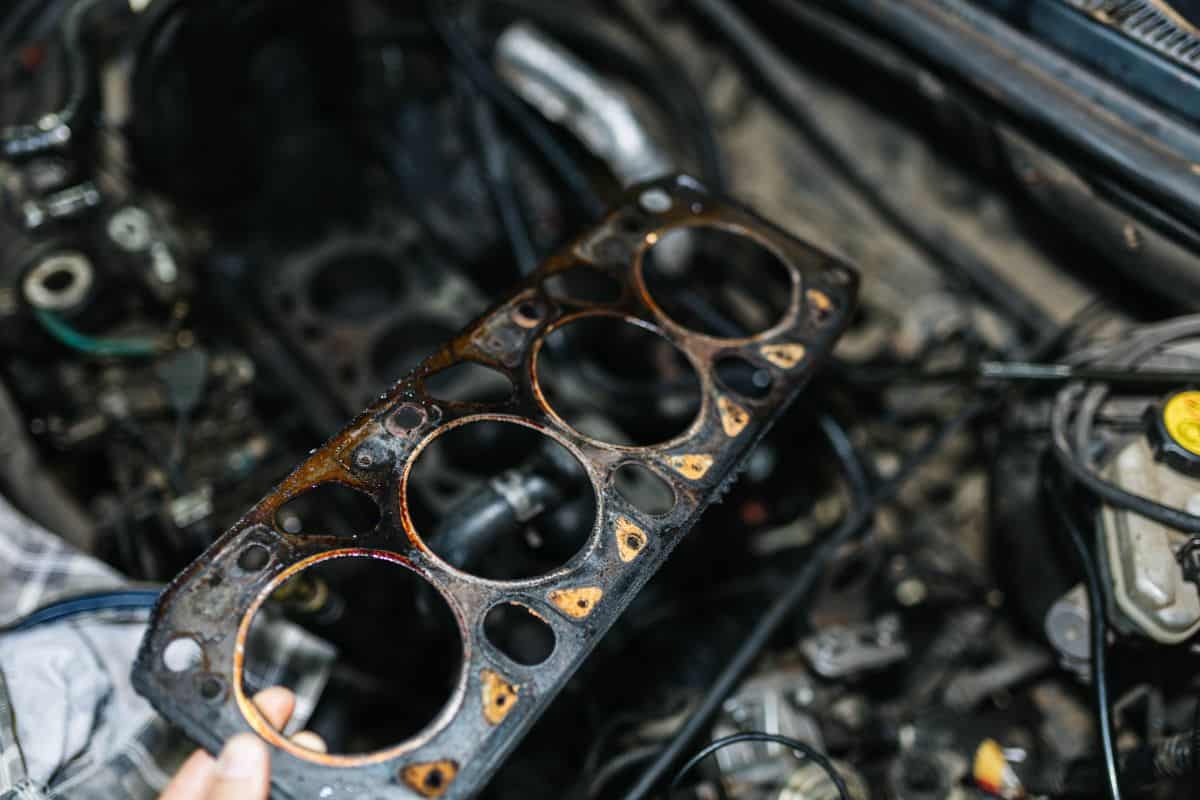
Generally, it will cost approximately $1,700 up to $2,000 to replace your head gasket. This already includes the head gasket replacement and labor costs.
Is It Still Safe To Drive A Car With A Blown Head Gasket?
While you can still drive a car with a blown head gasket, you will notice that the engine is under a lot of stress. You'll feel the vibrations and hear loud noises while driving. In addition, you also run the risk of blowing a piston and other internal parts due to overheating.
Does A Blown Head Gasket Cause Engine To Seize?
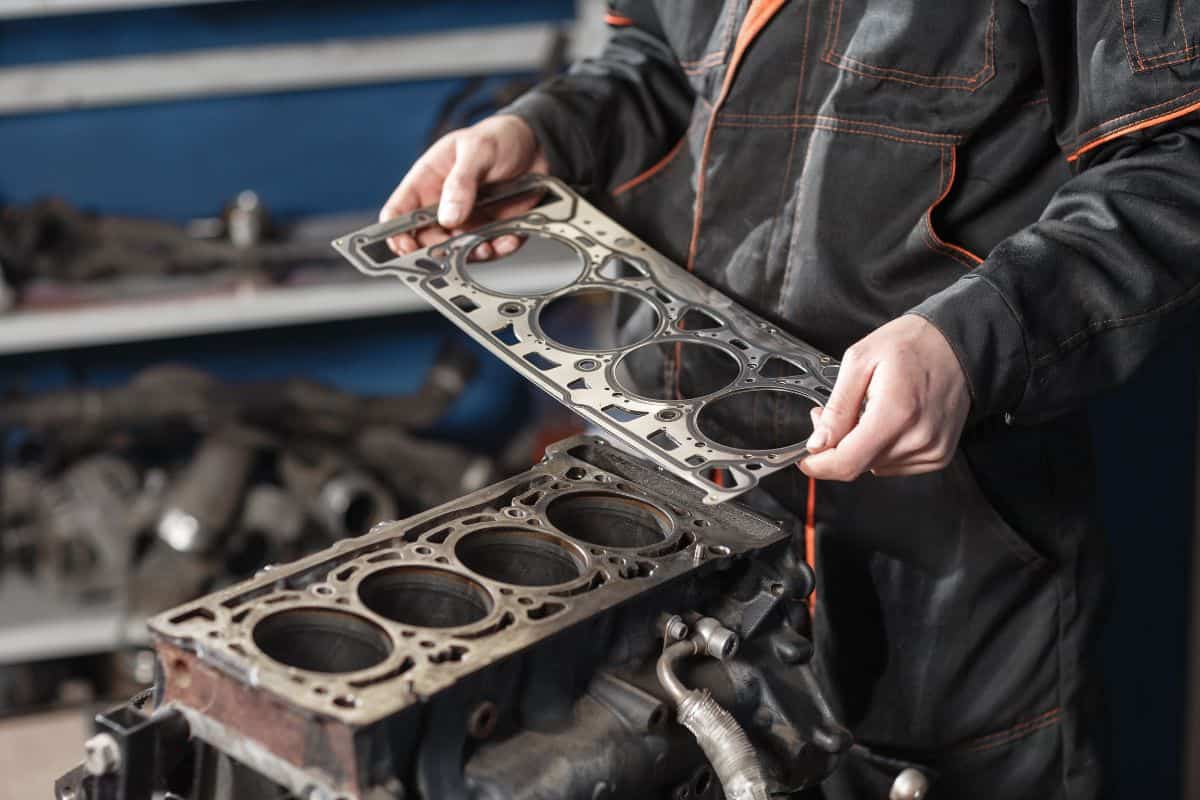
A blown head gasket in your vehicle causes the engine to seize. This is when the piston in the engine stops and won't move. You will hear a clunking noise, and your vehicle will no longer start. Engine seizure is caused by overheating.
In Closing
Car engines need to be maintained to keep them running smoothly. Head gaskets and radiators are important parts that will eventually fail. Regular maintenance and upkeep will help you avoid serious engine damage and reduce repair costs.
You might also like:
5 Best Coolants for Aluminum Radiators


